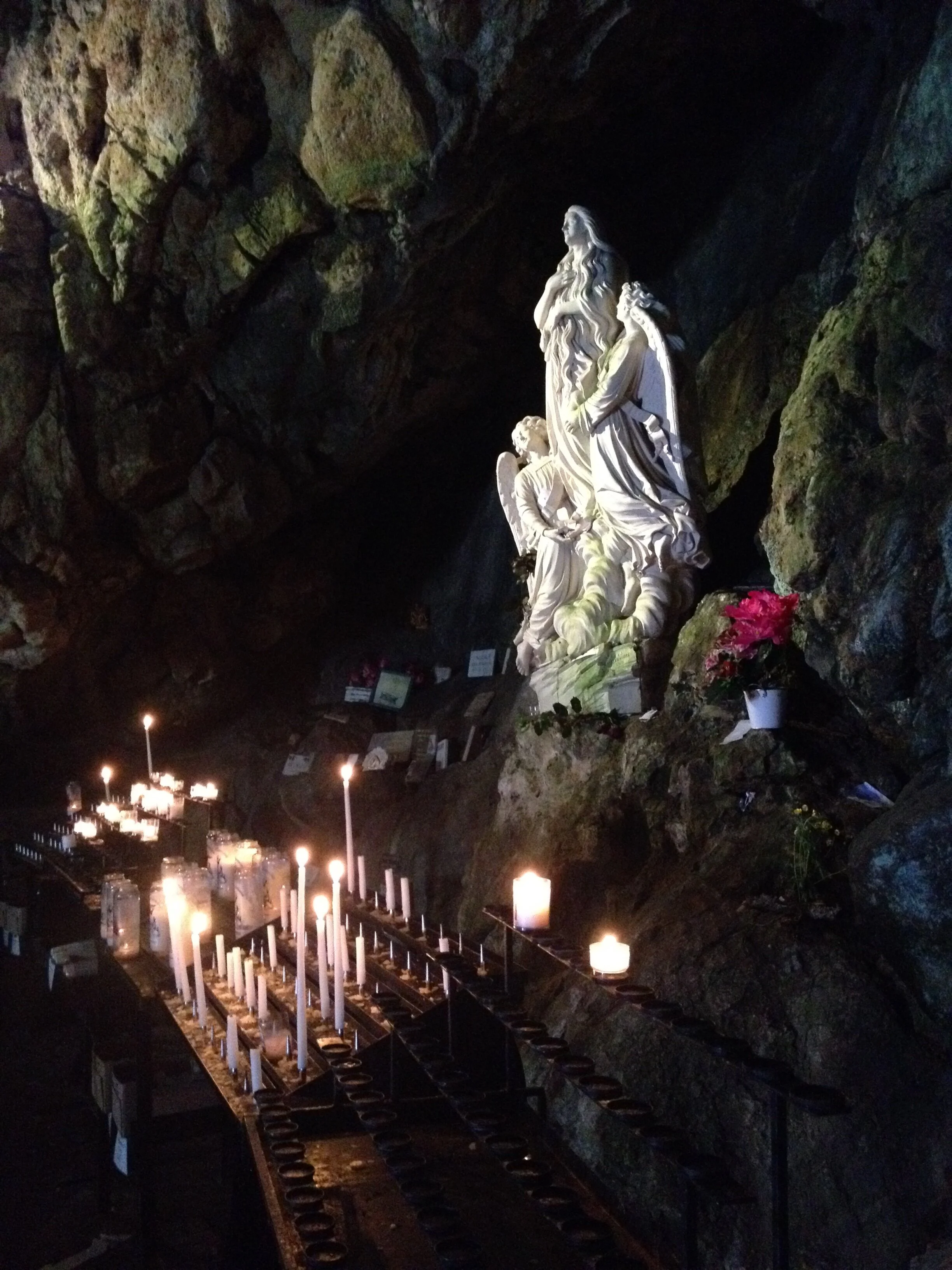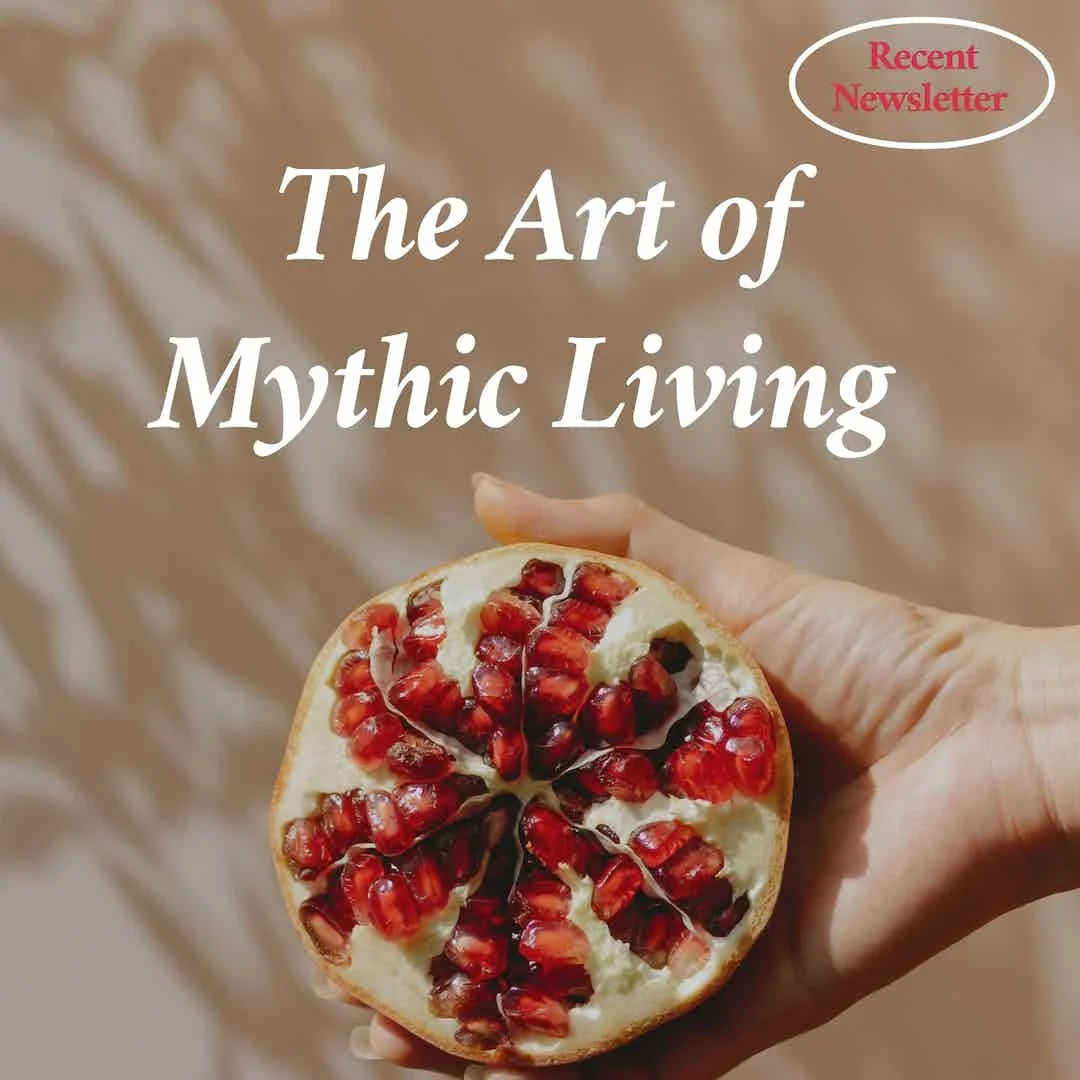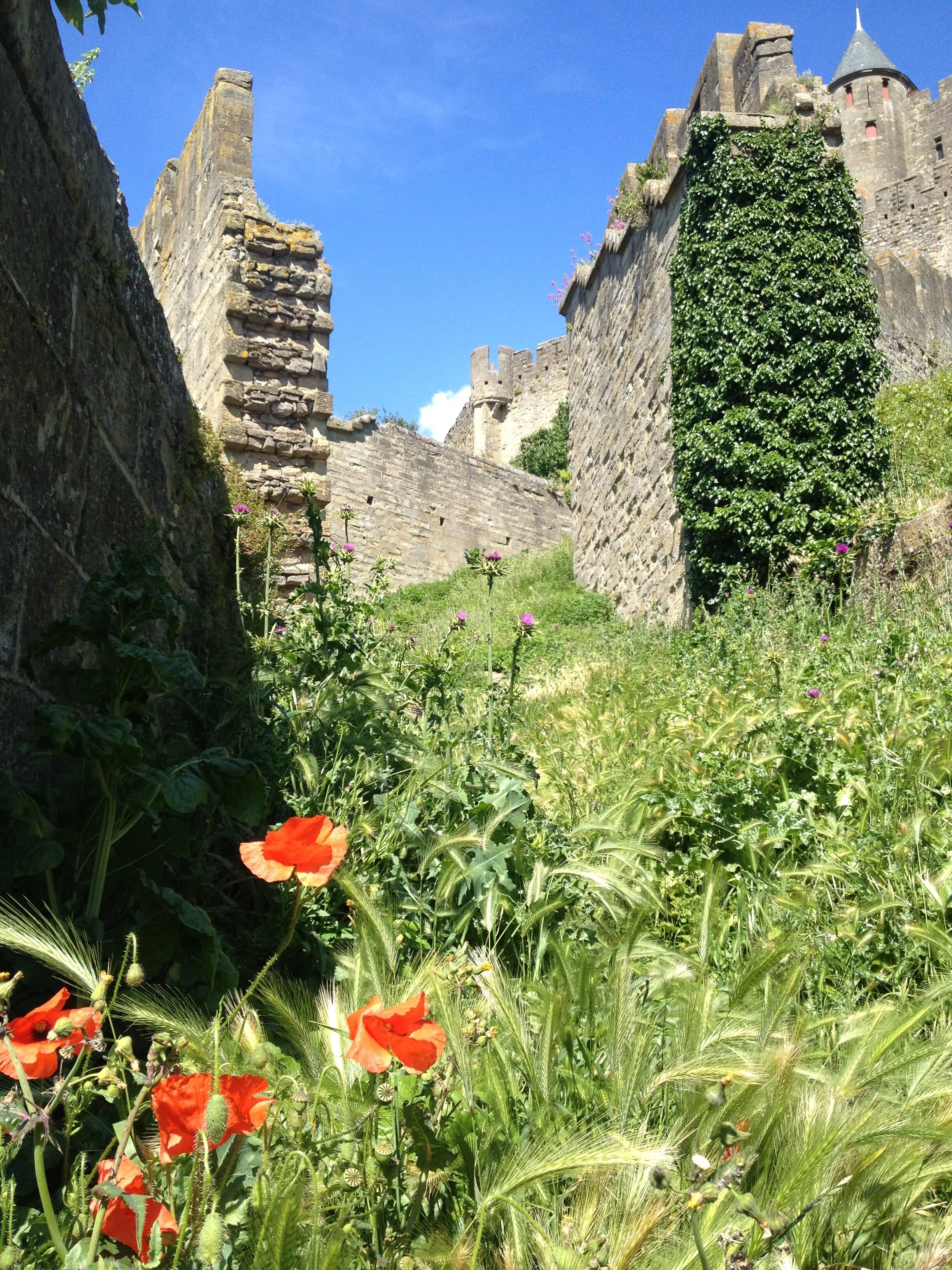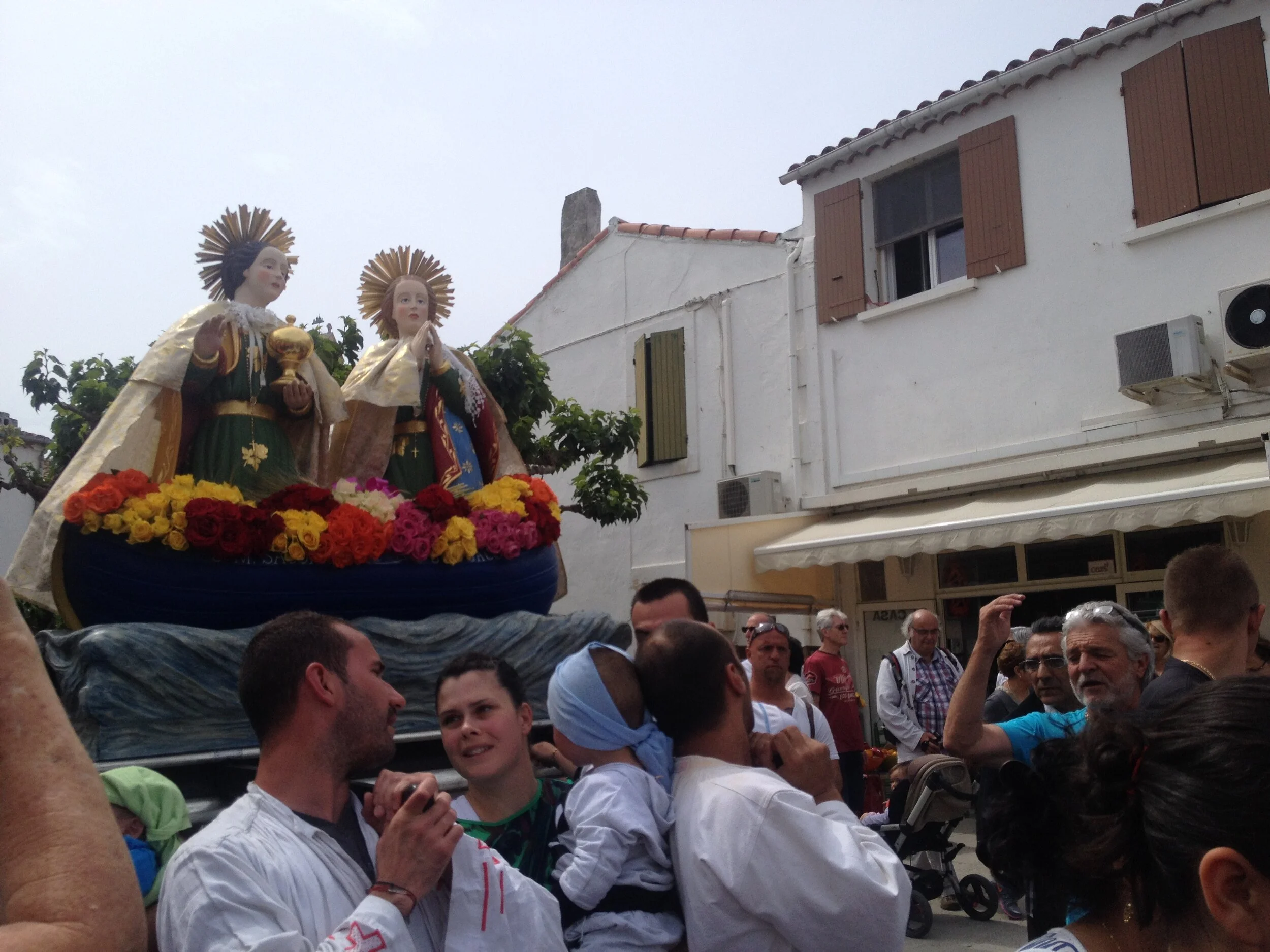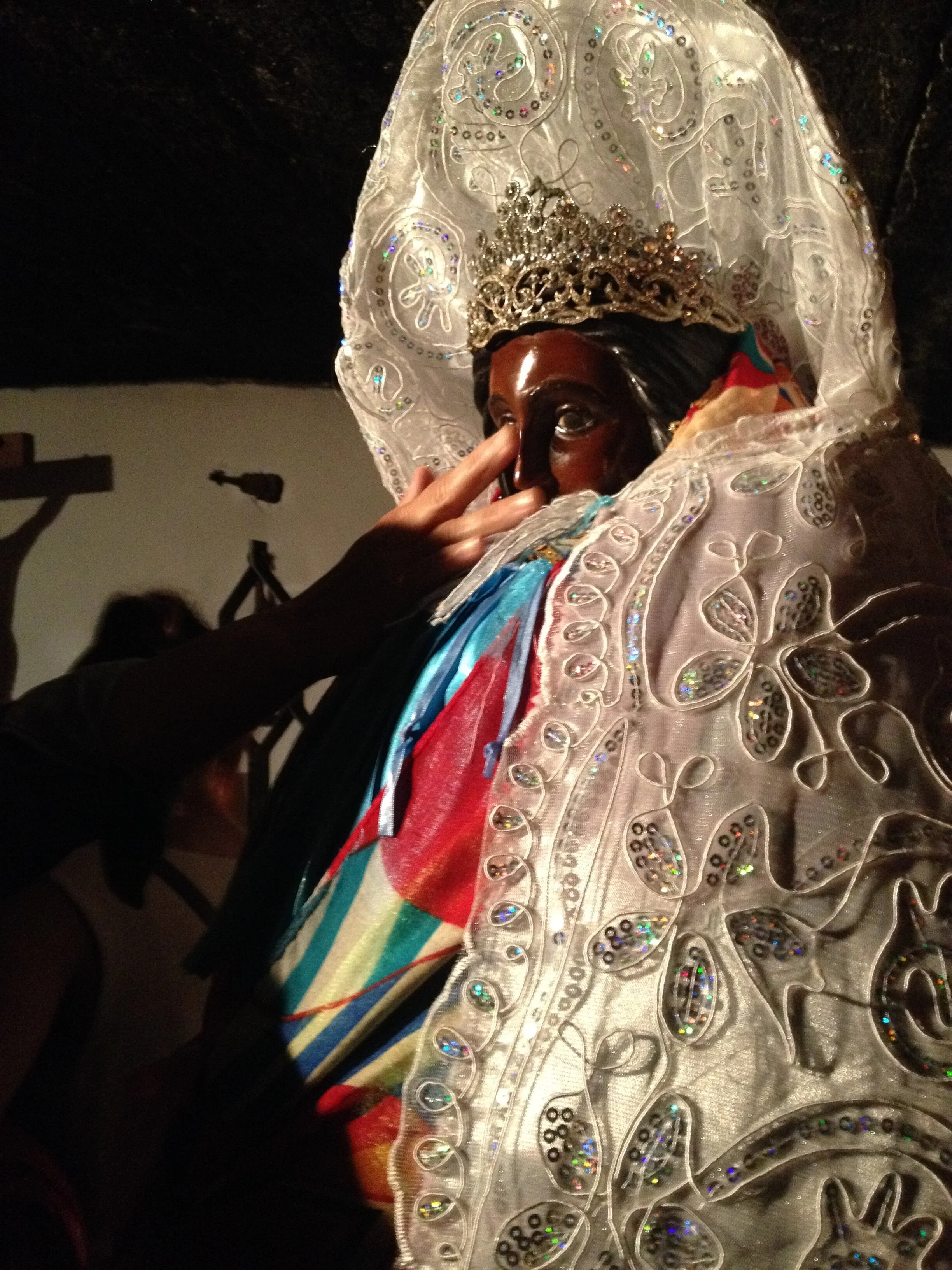![Dancing in the Dark - December 2021]()
Happy solstice, friends! Over the past few days, I’ve been reflecting on the Winter Solstice and the inevitable dance between dark and light.
I recognize my own resistance to prolonged darkness, cold, and the slowdown the winter season not only encourages, but simply requires of me.
My mind’s eye continues to return to the image of a candle flame illuminating the darkness. Such as in the above image, which is a picture I took at the Church of Santa Maria dell’Orto in Rome during Easter Holy Week 2019.
In some traditions, the candle flame represents the soul as an individual emanation of the Divine. Meditation on such an image reminds me that the candle flame is brightest, strongest, and most beautiful when dancing in the dark. And more so still when the candle flame burns bright among a sea of likeminded flames.
It reminds me that no matter how dismayed I may be by the state of the world, I am surrounded by so many luminous souls who are each doing their part to—in the words of a dear friend—“be a part of the healing of this world”.
That brings me to the many illuminating conversations I have had the great pleasure to facilitate on Journey to the Goddess TV. This year. . .

